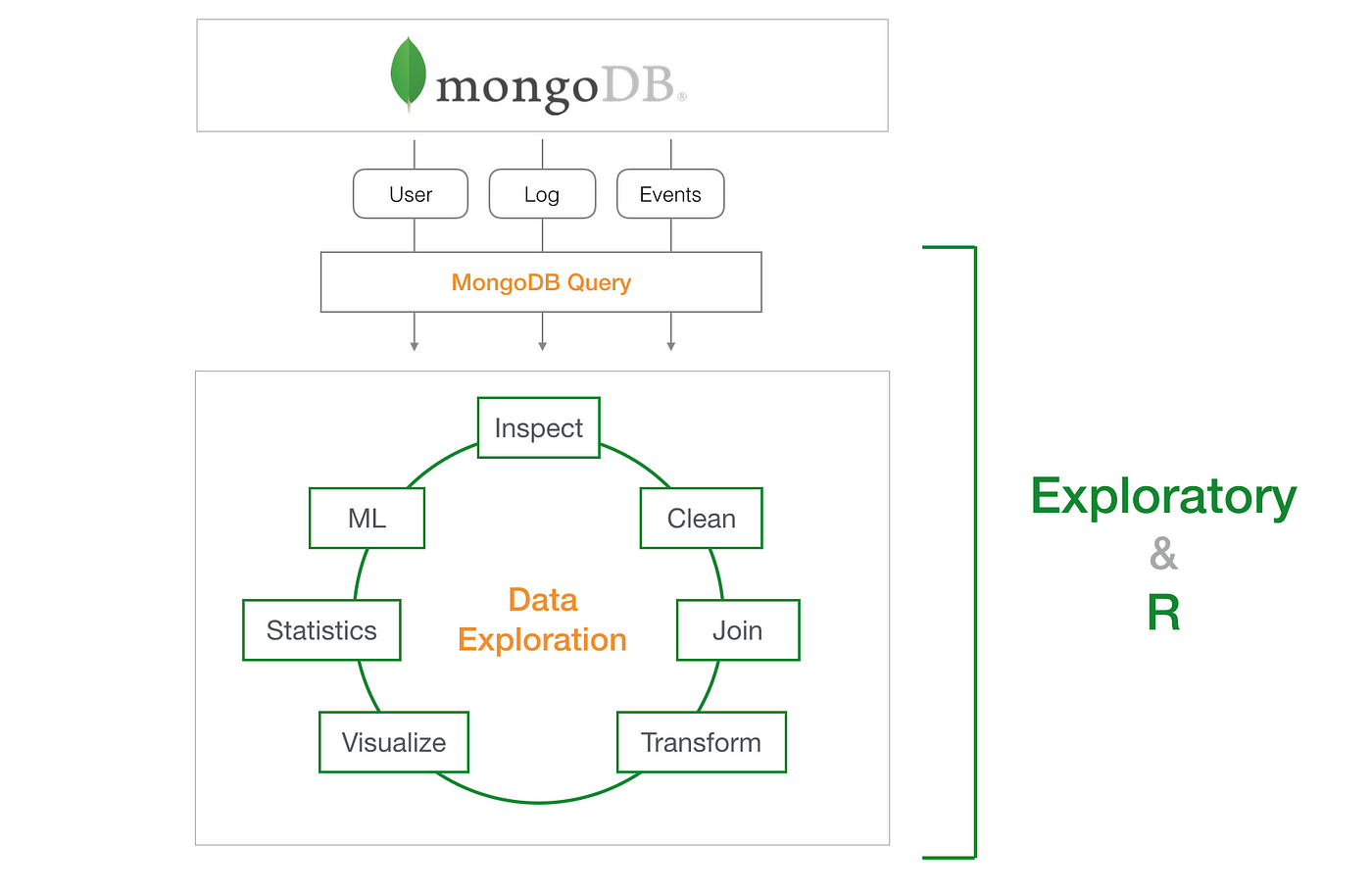MongoDB Data Types Explained
When working with databases, understanding data types is essential. In MongoDB, data types define the kind of value that can be stored in a field. This helps MongoDB efficiently store, index, and query the data.
Unlike traditional relational databases, MongoDB uses a flexible, schema-less format based on BSON (Binary JSON). This allows it to support a variety of rich data types beyond simple strings and numbers.
Let’s explore the most commonly used data types in MongoDB, how they are stored, and when to use them.
📦 What is BSON?
Before diving into types, it’s helpful to know that MongoDB stores data in BSON format — a binary version of JSON. BSON supports more data types than JSON (like Date, Decimal128, Binary, etc.), making it more powerful for database operations.
🗂️ Common MongoDB Data Types
Here’s a breakdown of the most commonly used data types in MongoDB:
1. String ("some text")
-
Represents text data.
-
Most commonly used data type.
-
Stored as UTF-8 encoded.
✅ Use When: Storing names, titles, addresses, etc.
2. Number (Int, Long, Double, Decimal128)
-
int32: 32-bit integer (
NumberInt()) -
int64: 64-bit integer (
NumberLong()) -
double: 64-bit floating point
-
Decimal128: High precision decimal, ideal for financial data
✅ Use When: You need exact numeric values (e.g., age, price, quantity).
3. Boolean (true / false)
-
Stores a binary true/false value.
✅ Use When: Flags like isActive, isAdmin, etc.
4. Date (ISODate())
-
Used to store date and time in UTC.
-
Supports operations like sorting, querying date ranges, etc.
✅ Use When: Tracking timestamps, created/updated times.
5. ObjectId
-
A unique 12-byte identifier generated automatically for each document.
-
Used as the default
_idfield.
✅ Use When: You want a unique key per document.
6. Array
-
Stores multiple values in a single field.
-
Can include mixed types (strings, numbers, objects, etc.)
✅ Use When: Tags, lists, multiple addresses, etc.
7. Embedded Document (Object)
-
A document inside another document.
-
Allows storing related data in a nested structure.
✅ Use When: Modeling one-to-many or related data (like user and address).
8. Null
-
Represents a missing or null value.
✅ Use When: Field is optional or value is unknown.
9. Binary Data
-
Used to store raw binary data such as images, files, or encrypted content.
✅ Use When: Handling files or non-textual data in MongoDB.
10. Regular Expression (/pattern/)
-
Allows storing and querying text using patterns.
✅ Use When: Searching for patterns in strings (e.g., email validation).
🧪 Example Document with Multiple Types
🛡️ Best Practices
-
Choose the right type for the right data (e.g., use
Booleaninstead of"true"as a string). -
Use
Decimal128for accurate currency calculations. -
Index the fields based on type and query usage.
-
Avoid deeply nested or overly complex documents.
🎯 Final Thoughts
MongoDB's flexible data model lets you work with real-world data structures naturally. Mastering its data types helps you build more efficient, accurate, and scalable applications.
In the next blog, we'll explore "Working with ObjectId and _id in MongoDB", so stay tuned!
Prachi Deokar
University: Shree Balaji University, Pune
School: School of Computer Studies
Course: BCA (Bachelor of Computer Applications)
Interests: NoSQL, MongoDB, and related technologies



Comments
Post a Comment